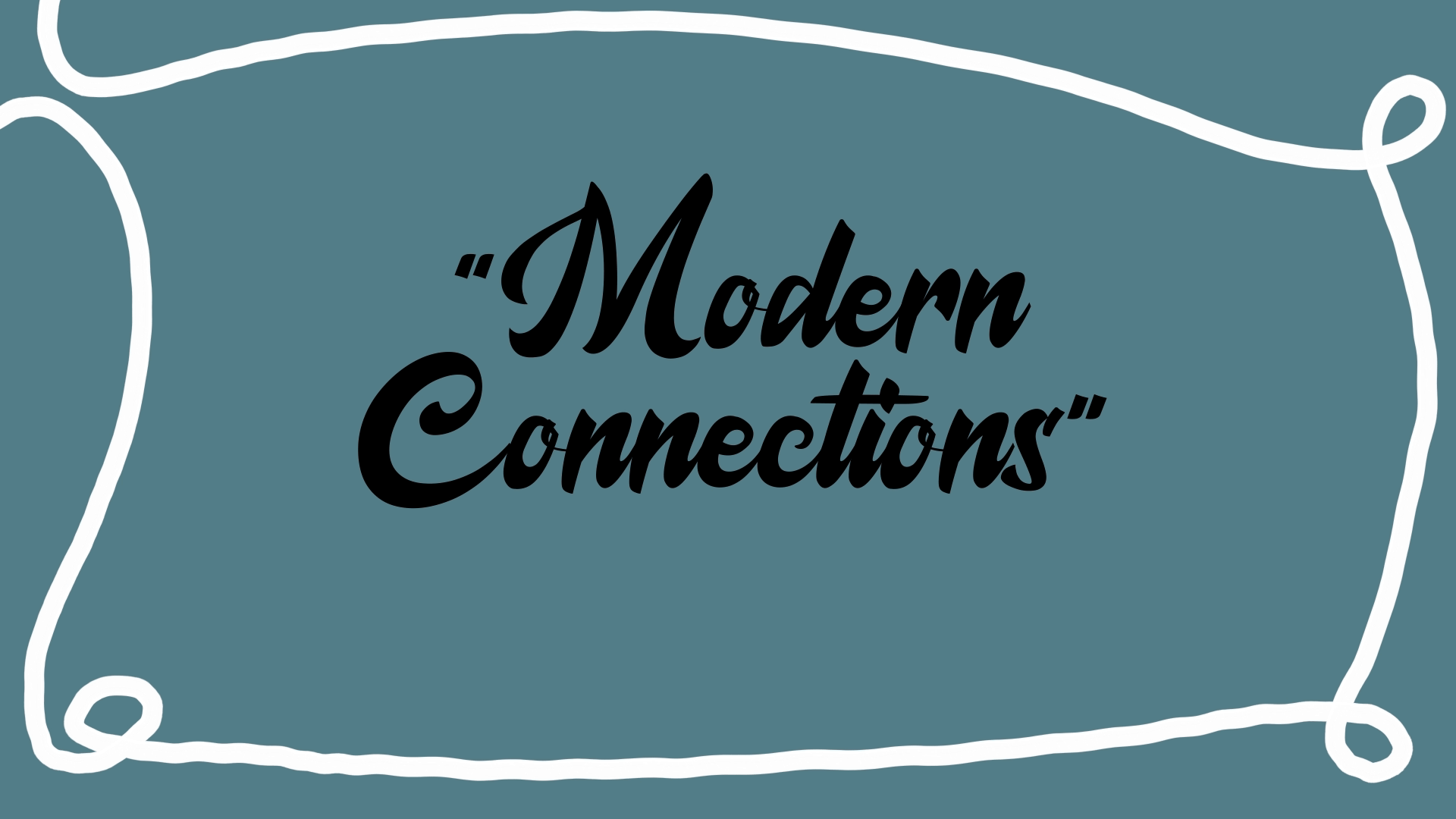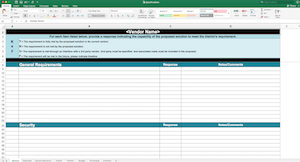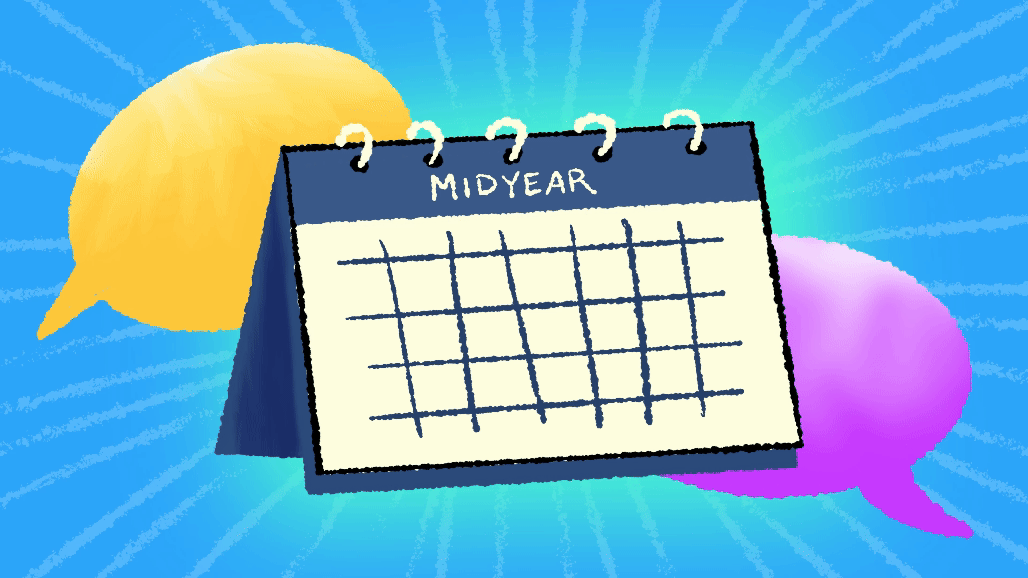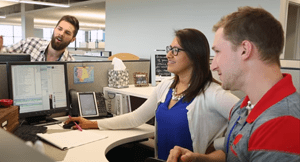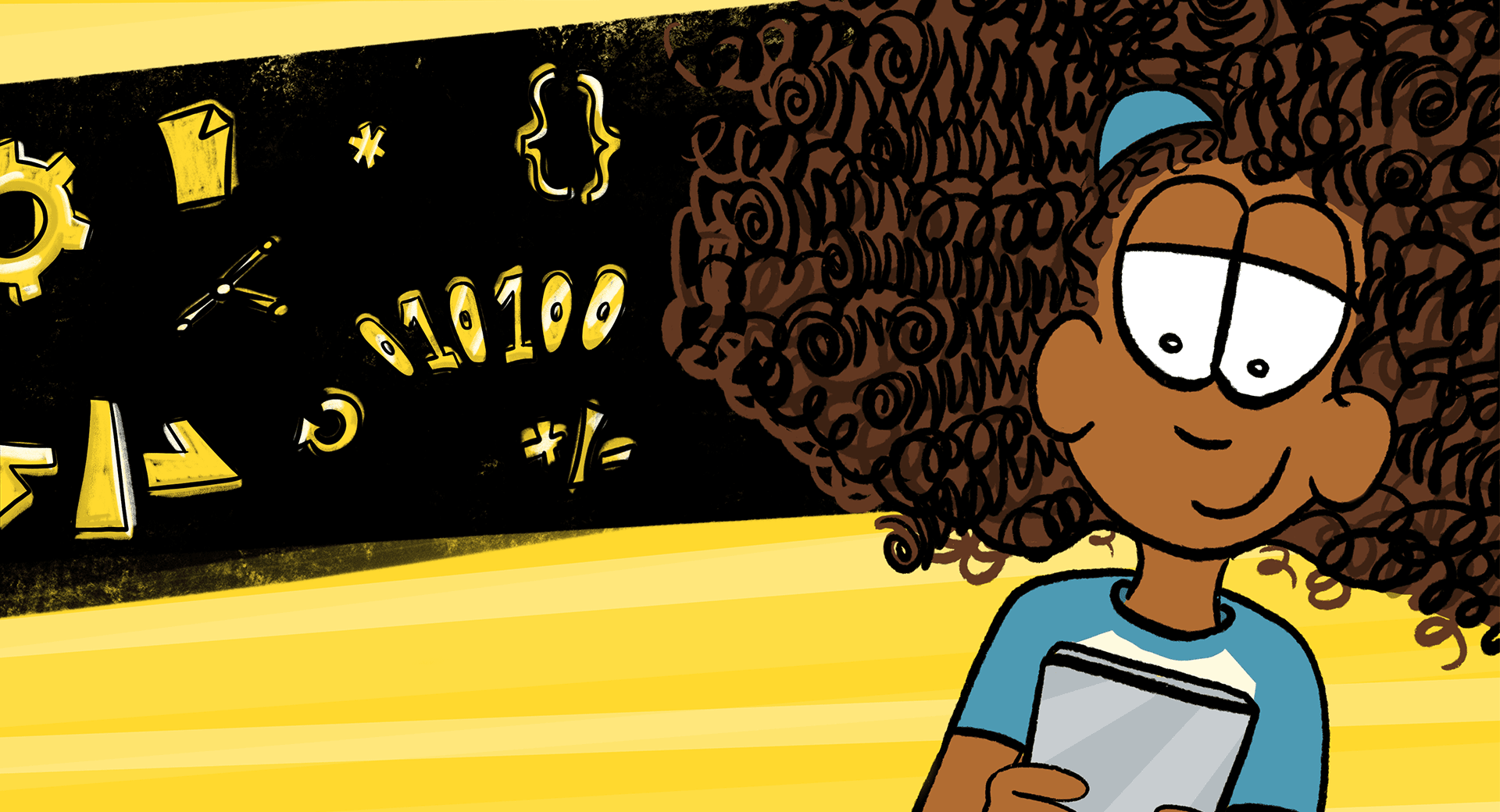
Computer science is rapidly growing and in a state of constant flux. Let’s explore the current landscape, progress made, and challenges yet to come for this crucial STEM subject.
What we've said before about K12 computer science
In the past, we’ve covered the burgeoning tech sector and how to build the best foundation of skills for students who will encounter a new horizon of high-tech careers. Computational thinking refers to the skills students use before they ever open a coding app.These skills form the building blocks of computer science. Pattern recognition, loops, decomposition, debugging, abstraction, algorithm design, and conditionals all lead to the deep cognition and problem solving essential to coding. All these concepts are easily accessible to students, especially using methods like storytelling.
What's happened since
Lately in the world of early childhood coding, things are looking up. Many states built computer science right into their ESSA plans, which were approved in 2018 and form the roadmap for curriculum priorities tied to what the job market is projected to become as students graduate and pursue careers.More early childhood educators are incorporating age-appropriate coding concepts into their daily routines. We visited one class of kindergarteners who are learning to code using robotics. Their teachers are laying the essential foundation of problem solving and capturing the inherent critical thinking potential of students early on. The Girl Scouts have introduced badges for coding beginning with Daisies (kindergarteners and first graders).
Finally, and perhaps most importantly, STEM stereotypes are being challenged constantly in schools, workplaces, and popular culture. In the last decade or so, representation statistics for women and people of color have increased. Media portrayals of what a scientist looks like has grown leaps and bounds thanks to important stories being told, such as the true stories of black female mathematicians calculating NASA flights to help the first astronauts walk on the moon in the film Hidden Figures.
Representation matters. Is there still a long way to go? Absolutely. Have we made progress? Yes.
Why is coding so important, anyway?
Simply put, coding and other STEM skills are in incredibly high demand. According to Pennsylvania’s ESSA projections, a whopping 71% of emerging careers will require STEM skills. The increasingly digital workforce means at the very least, nearly every student will need these types of technology problem solving skills to get any job at all.More importantly, lucrative careers are spawned from computer science jobs. The Bureau of Labor Statistics predicts software developer jobs will grow up to 21% between 2018 and 2028, much faster than average. The median pay for this particular job? A cool six figures.
What is the Hour of Code?
Hour of Code is designed to introduce kids to the concept of coding, to make it a fun event, and to show them any kid can do it. The extravaganza is traditionally held during Computer Science Education Week (December 9–15, 2019), which commemorates Admiral Grace Murray Hopper, a pioneer of computer science. Self-guided tutorials and activities support community efforts, along with over 400 partners and 200,000 educators. This is another key component of representation: kids seeing firsthand what coding looks like, trying it for themselves, and possibly discovering a knack for problem solving and critical thinking they never knew they had.
What to focus on outside of coding
A common misconception tells us coding is the end goal of STEM activities. Coding is a component, absolutely, to many, many STEM careers. However, most important is to harness the power of cognition. It’s critical to train students to use their brains like a computer scientist. Kids tend to like to specialize, but computational thinking can help encourage the flexible mindset and ability to generalize, a key component to the jobs of the future.Through computational thinking, productive failure (formerly known as trial and error, or learning that failure is only temporary), and experimenting with critical thinking across subjects, students build a mindset primed for problem solving. Certainly today’s kids will face problems we can’t yet conceive of.
Teach them well, and let them lead the way. –Linda Creed
Follow-up Resource: Get a free eBook
The Code Twins is perfect for introducing computational thinking skills to the youngest of readers.WHAT'S NEXT FOR YOUR EDTECH? The right combo of tools & support retains staff and serves students better. We'd love to help. Visit skyward.com/get-started to learn more.

|
Erin Werra Blogger, Researcher, and Edvocate |
Erin Werra is a content writer and strategist at Skyward’s Advancing K12 blog. Her writing about K12 edtech, data, security, social-emotional learning, and leadership has appeared in THE Journal, District Administration, eSchool News, and more. She enjoys puzzling over details to make K12 edtech info accessible for all. Outside of edtech, she’s waxing poetic about motherhood, personality traits, and self-growth.
